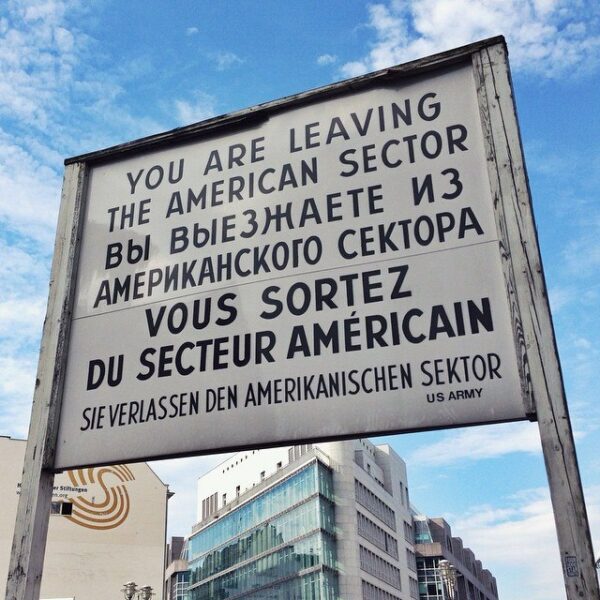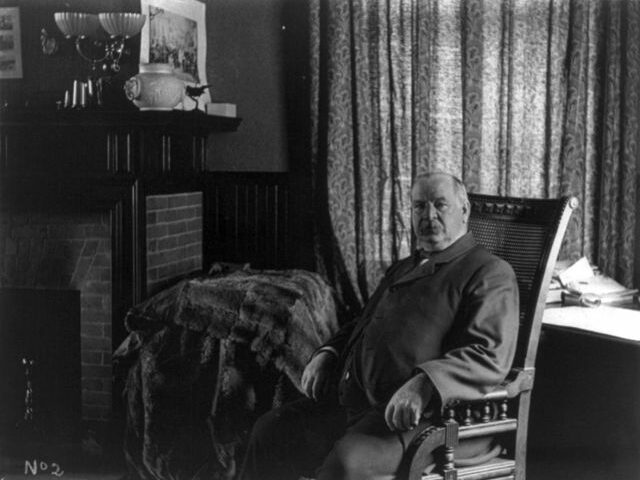On June 22, 1990, one of the most famous checkpoints in the world came down, opening a new path for unity and peace in Germany and showing a new era of world history was right around the corner.
A major crossing through the Berlin Wall, Checkpoint Charlie, named after being checkpoint “c” on the border between East and West, divided Berlin and became one of the most famous symbols of the standoff between Russia and the United States during the Cold War era.
Established in 1961, it quickly became the only way for foreigners to travel between the two sides of the city. It was guarded by US and Soviet soldiers who faced each other across the border. The checkpoint was a tense and dangerous place, and many people risked their lives to cross it.
At the height of the Berlin Crisis in 1961, American and Soviet tanks faced each other on the spot as the world held its breath, fearing the the beginning of a nuclear war. The standoff lasted for several uneasy days until the tanks were finally withdrawn. The incident was a warning of the dangers of the Cold War and the need for diplomacy and cooperation.
The City of Berlin writes, “There was hardly any other place where the atmosphere of the Cold War was as frosty as at Checkpoint Charlie. The border crossing gained notoriety in October 1961 after the construction of the Berlin Wall: in the last days of October, American and Soviet tanks took up positions here after members of the US mission were asked to identify themselves at the GDR border post when passing through the Allied checkpoint. Soviet and Allied tanks faced each other with live ammunition and a third world war almost ensued. In the years that followed, the checkpoint was the scene of spectacular escapes which often ended in death.
On August 17, 1962, a young East German attempting to escape to West Berlin named Peter Fechter made a daring and desperate attempt to scale the wall near the infamous checkpoint. As he reached the top, he was shot by East German border guards. Bleeding and unable to climb over or retreat, Fechter was left to suffer in the no man’s land known as the “death strip.” Despite pleas for help from onlookers on both sides of the wall, his cries fell on deaf ears. For nearly an hour, he lay there in agony until he succumbed to his wounds. The killing of Peter Fechter became a stark symbol of the harsh and unforgiving nature of the Berlin Wall, exposing the heart-wrenching reality of those who sought freedom but instead found a tragic end. His death sparked prostest in the West and acted as a reminder of the immense human toll exacted by the Soviets in Berlin.
In 1989, with the coming down of the Berlin Wall, Checkpoint Charlie was no longer used. Today, writes one visitor, “a line of bricks traces the path where the Berlin Wall once stood and visitors will find a replica of the Checkpoint Charlie booth and sign at the original site. The original booth is in the Allied Museum in Zehlendorf. The watchtower, also part of the original checkpoint, was removed in 2000 to make way for stores and offices.”






